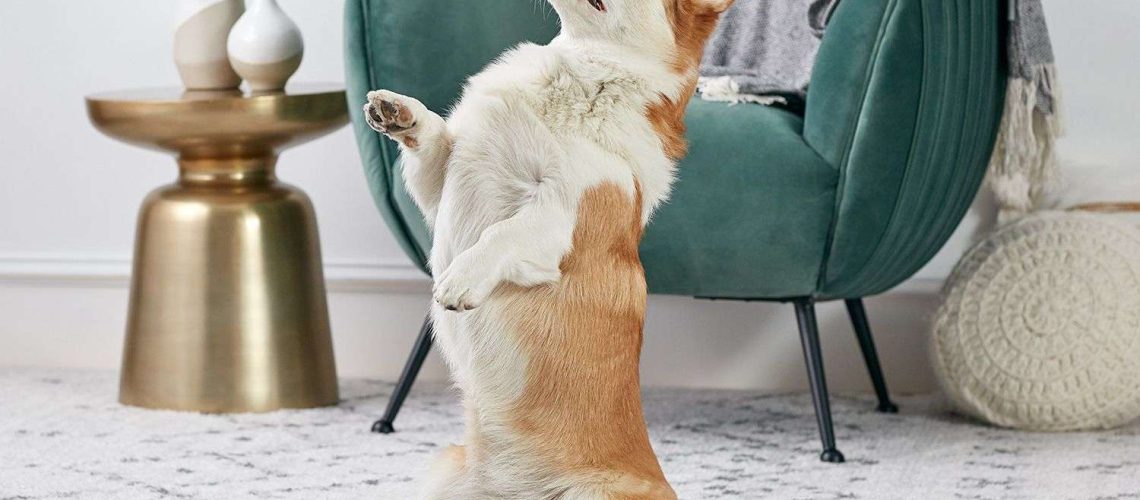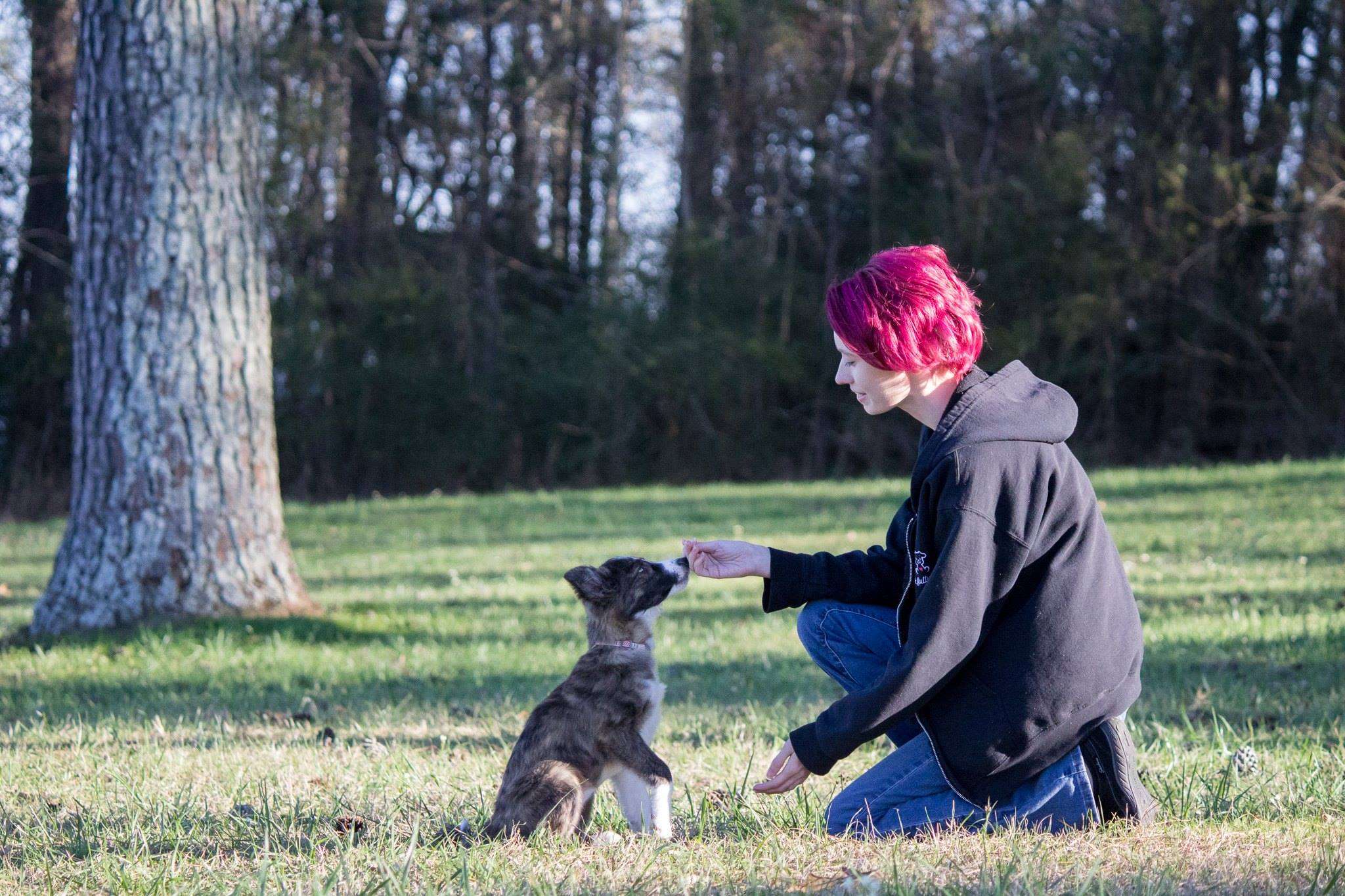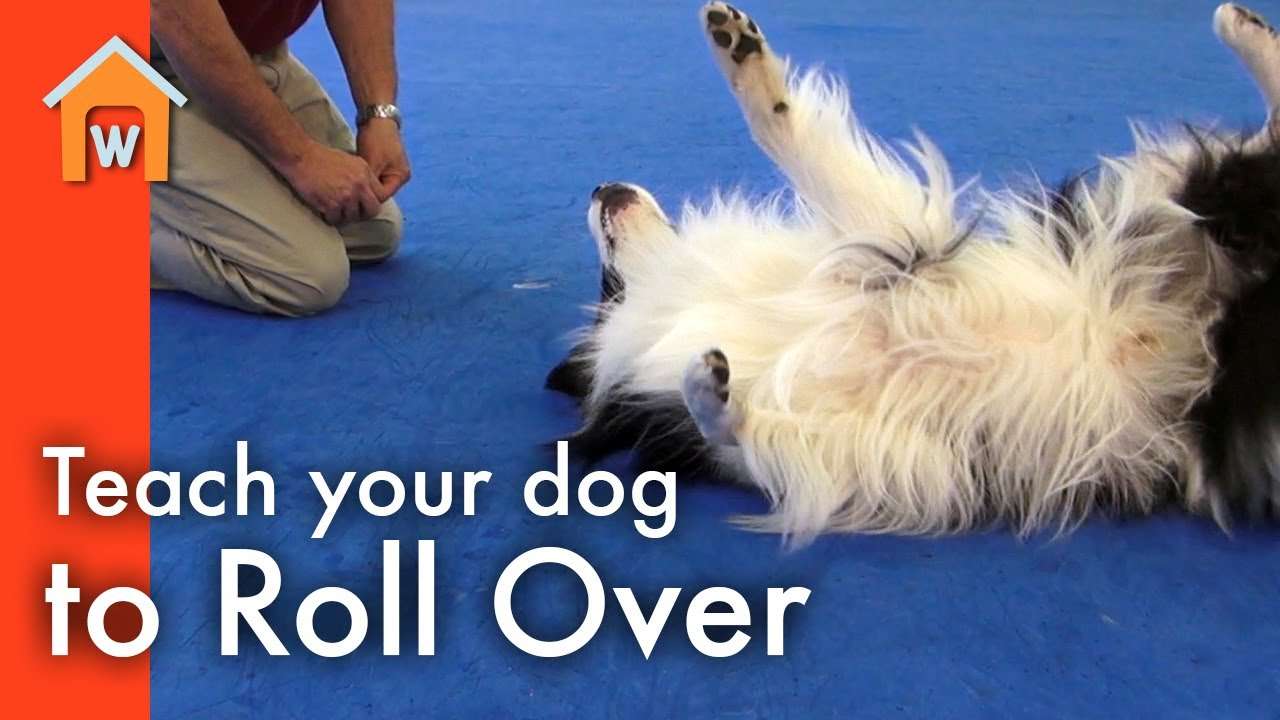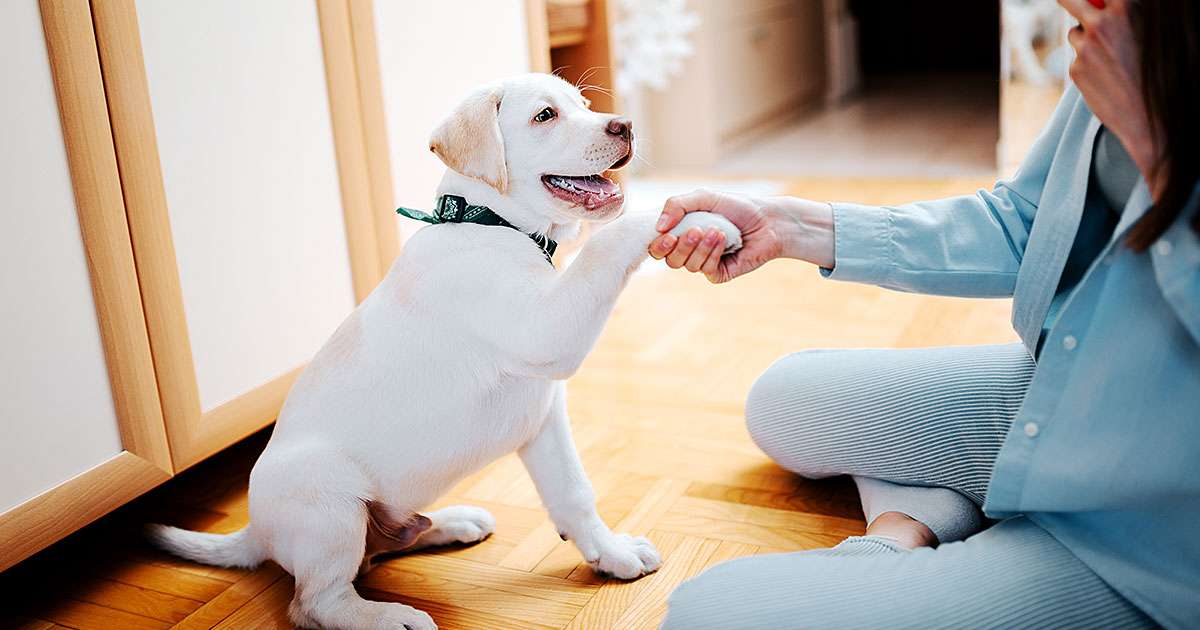Key Takeaways:
- Consistency is key: Training your dog requires repeated practice and reinforcement of commands to ensure they understand and remember the tricks.
- Start with basic commands: Begin by teaching your dog simple tricks like sit, stay, and lie down before moving on to more advanced tricks.
- Use positive reinforcement: Reward your dog with treats, praise, or playtime whenever they successfully perform a trick to motivate them and make the training experience enjoyable.
- Keep training sessions short: Dogs have short attention spans, so it's important to keep training sessions brief and focused to prevent them from getting bored or overwhelmed.
- Patience is essential: Some dogs may learn quickly while others take more time. Be patient with your dog throughout the training process and celebrate small victories along the way.
Are you ready to unlock the secret to an unbreakable bond with your furry best friend? Imagine the joy and pride you'll feel as your dog effortlessly performs a series of impressive tricks, leaving everyone in awe. Not only will training your dog these 10 easy and fun tricks enhance your relationship, but it will also provide countless benefits for both you and your four-legged companion.
So, grab some treats, put on your training hat, and get ready to embark on an exciting journey of discovery and growth alongside your beloved pet. Together, let's unleash the potential within!
Easy and Fun Tricks to Teach Your Dog
Teaching your dog tricks can be a rewarding experience for both you and your furry friend. Not only does it provide mental stimulation for your dog, but it also strengthens the bond between you two. Here are some easy and fun tricks that you can teach your dog:
1. Sit: Start by holding a treat close to your dog's nose and slowly move it upwards. As their head follows the treat, their bottom will naturally lower into a sitting position. Once they are sitting, say "sit" and give them the treat as a reward.
2. Shake hands: Begin by asking your dog to sit. Then, place your hand in front of their paw and say "shake" or "paw." When they lift their paw to touch your hand, praise them and give them a treat.
3. Roll over: This trick requires some patience and practice. Start with your dog in a lying down position. Hold a treat close to their nose and slowly move it towards their shoulder, encouraging them to roll onto their side. Once they are on their side, continue moving the treat until they complete the full roll-over motion. Reward them with treats and praise throughout the process.
Getting Started with Training Your Dog for Tricks
If you're ready to start teaching your dog some tricks, here are some steps to help you get started:
1. Choose the right time: Pick a time when your dog is calm and focused, preferably after they have had some exercise.
2. Use positive reinforcement: Rewarding good behavior is essential in training dogs for tricks. Use treats, toys, or verbal praise as rewards when they perform the desired behavior correctly.
3. Break it down: Break the trick into smaller steps and teach them one step at a time. For example, if you want to teach your dog to spin in a circle, start by rewarding them for turning their head slightly, then gradually increase the rotation until they complete a full circle.
The Importance of Positive Reinforcement in Dog Training
Positive reinforcement is a crucial aspect of dog training as it helps to motivate and encourage desired behaviors. Here's why it's important:
1. Builds trust and strengthens the bond: When you use positive reinforcement, your dog associates good behavior with rewards and praise. This creates a positive connection between you and your furry friend, strengthening the bond between you two.
2. Enhances learning: Dogs learn best when they are motivated and engaged. Positive reinforcement provides that motivation by rewarding them for correct behavior, making them more likely to repeat it in the future.
3. Creates a happy and confident dog: Dogs thrive on positive interactions and rewards. By using positive reinforcement techniques, you can help build your dog's confidence and create a happier environment for both of you.
A Trick that Requires Basic Obedience Skills from Your Dog
The "leave it" command is an essential trick that requires basic obedience skills from your dog:
1. Start with treats: Hold a treat in one hand while closing your fist around it. Show your closed fist to your dog and say "leave it." Wait for them to lose interest or stop trying to get the treat.
2. Reward good behavior: As soon as your dog stops attempting to get the treat or looks away from it, praise them enthusiastically and give them a different treat from your other hand.
3. Practice with different objects: Once your dog understands the concept, gradually introduce other objects or items that they may find tempting. Repeat the "leave it" command and reward them for ignoring those items.
Benefits of Teaching Your Dog Tricks Beyond Entertainment
Teaching your dog tricks goes beyond mere entertainment. Here are some additional benefits:
1. Mental stimulation: Learning new tricks challenges your dog's mind and keeps them mentally sharp. It helps prevent boredom and can reduce destructive behavior caused by excess energy.
2. Improved obedience: Training your dog for tricks reinforces basic obedience commands such as sit, stay, and come. This can make everyday activities like walks and visits to the vet much easier.
3. Socialization opportunities: When you teach your dog tricks, you often take them to training classes or participate in events where they can interact with other dogs and people. This helps improve their social skills and makes them more comfortable in various environments.
Safety Precautions to Consider While Training Your Dog for Tricks
While training your dog for tricks can be fun, it's important to keep safety in mind. Here are some precautions to consider:
1. Use positive reinforcement methods only: Avoid using punishment or physical force during training sessions as it can harm the trust between you and your dog.
2. Start in a safe environment: Begin training in a quiet space free from distractions to help your dog focus better and reduce the risk of accidents or injuries.
3. Be patient and consistent: Rome wasn't built in a day, and neither is a well-trained dog. Take small steps, be patient with your furry friend, and maintain consistency throughout the training process.
How Long Does It Take for a Dog to Learn a New Trick?
The time it takes for a dog to learn a new trick can vary depending on several factors, such as the complexity of the trick and your dog's individual learning pace. However, with consistent training and practice, most dogs can learn new tricks within a few weeks or months.
1. Start with basic commands: Before teaching more advanced tricks, make sure your dog has mastered basic obedience commands like sit, stay, and come. This foundation will make it easier for them to learn more complex tricks.
2. Break it down: Break the trick into smaller steps and teach them one step at a time. This helps prevent your dog from becoming overwhelmed and makes the learning process more manageable.
3. Practice regularly: Consistency is key when it comes to training dogs. Set aside regular training sessions each day or week to reinforce the learned behaviors and continue building upon them.
In conclusion, training your dog to perform tricks can be both enjoyable and beneficial. By following these simple and fun tricks, you can strengthen the bond with your furry friend while also providing mental stimulation and exercise for them.
What is the easiest thing to train a dog?
By teaching your dog essential commands such as sitting, waiting, and coming when called, you provide them with the ability to enjoy activities they love, such as running freely and joining you in social gatherings, while ensuring their safety and obedience.
What is the most impressive dog trick?
Teaching a dog to shake is a classic and impressive trick that many dog trainers love. Shake is a useful command to teach because it helps prevent dogs from jumping up on people when greeting them. Another great trick is teaching a dog to raise both front paws simultaneously, which is called "hands up." It's a visually appealing trick where the dog sits back and holds its paws up.
What are easy tricks to teach a big dog?
Effective tricks for big dogs are those that don't require the dog to use your body as a guide. If you're a beginner, some recommended tricks for large or giant dogs include fetch, searching for treats or scented objects, barking on command, giving a high five, kissing, shaking hands, spinning in circles, and touching.
What are the 7 dog commands?
According to Dog Trainer Brandon McMillan, it is essential for every dog to learn fundamental commands such as sit, stay, down, come, off, heel, and no. Establishing these training basics from the beginning is highly recommended.
What are the top 5 basic dog commands?
One of the most important things you can teach your dog, in addition to their name, are the five fundamental commands: "come", "lay down", "sit", "stay", and "leave it". These five commands may not seem like much, but they establish a solid foundation for your dog's behavior and development as they grow into adulthood.
What age is it easier to train a dog?
You can start training your puppy when they are approximately eight weeks old because at this age, they can begin to comprehend basic commands such as potty and crate training, responding to their name, and learning essential phrases like "sit," "come," and "stay."

















